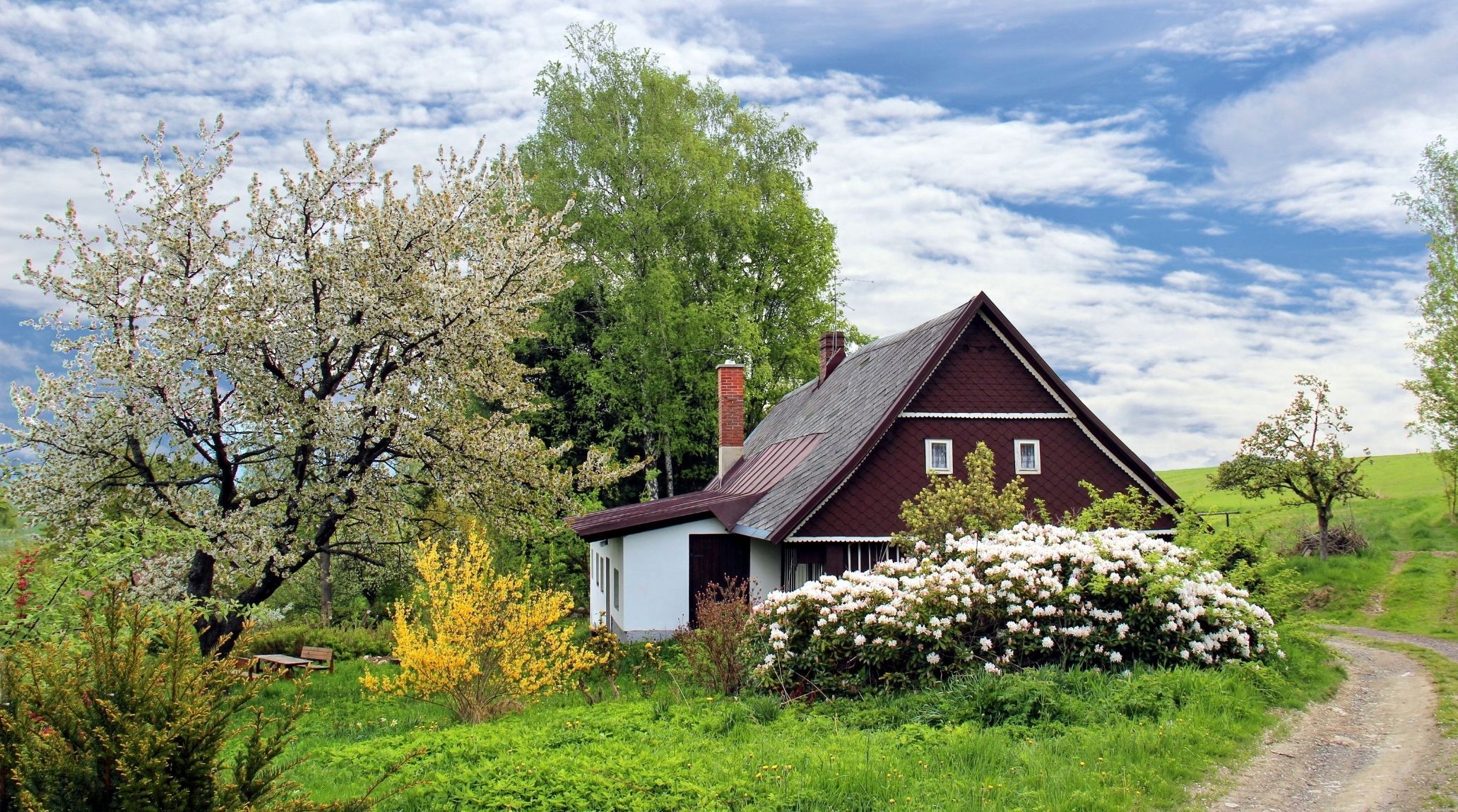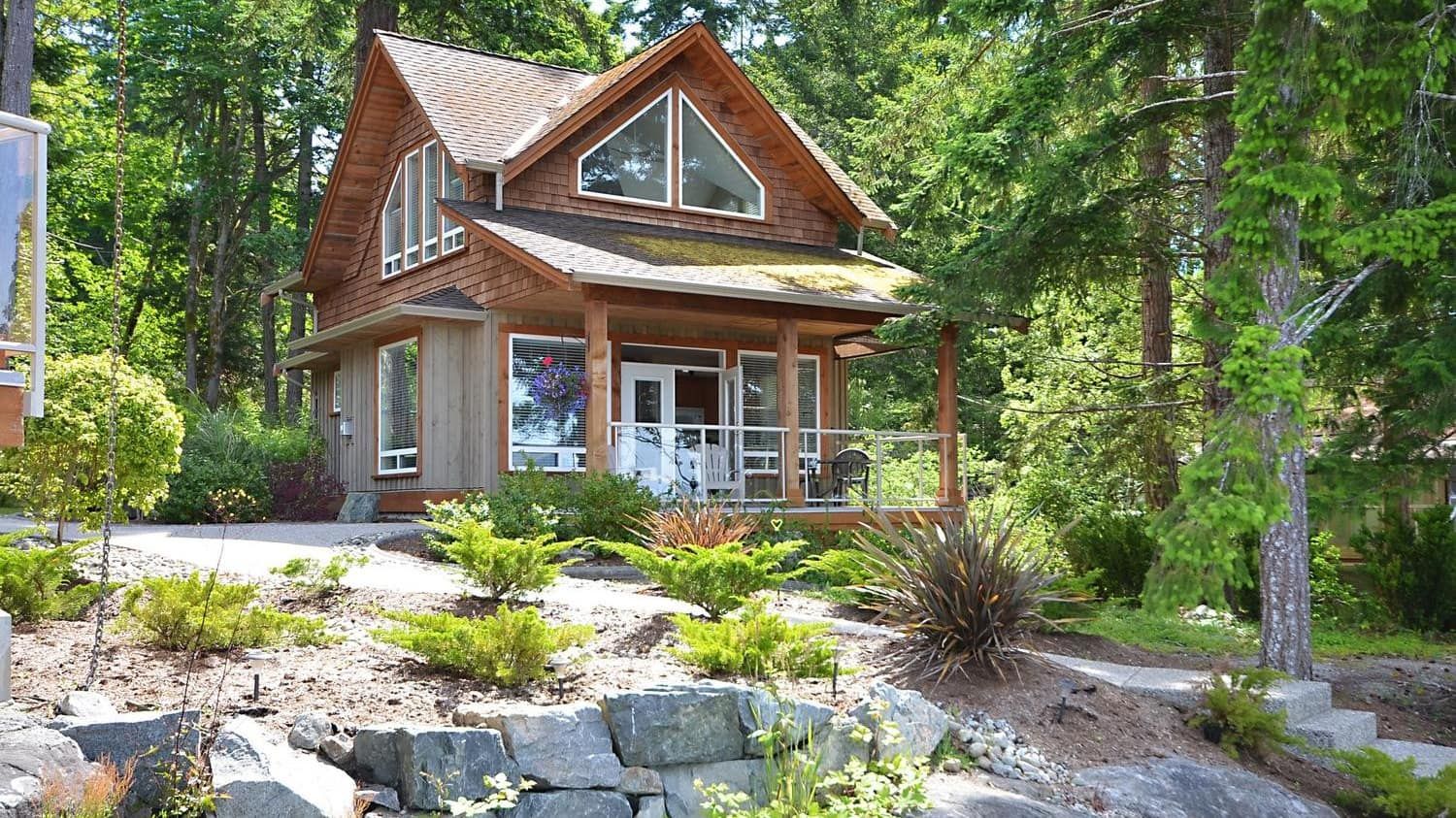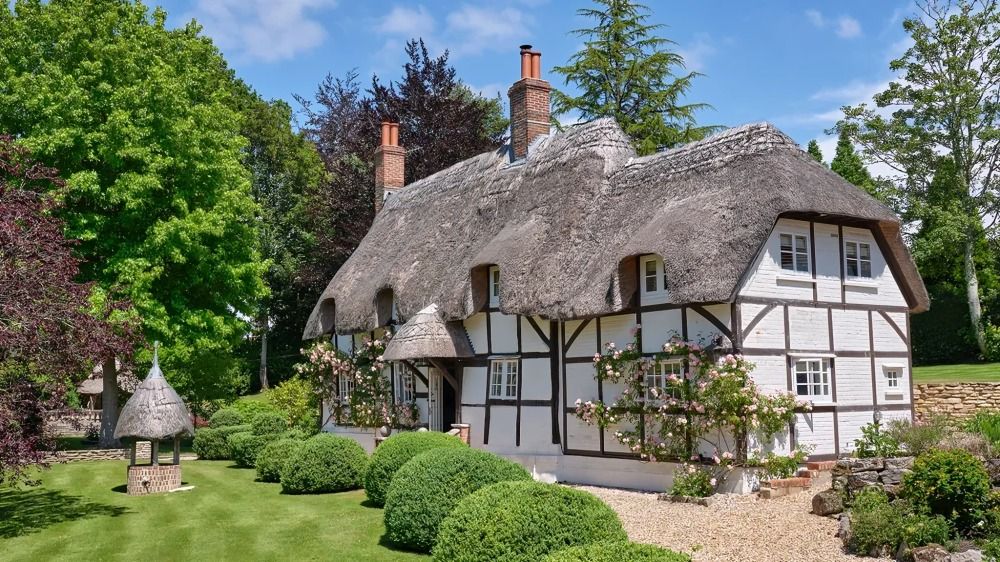
“
Imagine retreating to a charming hideaway that feels like it’s straight out of a storybook. From the snowy peaks of Norway to the lush landscapes of New Zealand, these stunning havens offer a unique blend of comfort and charm. In this blog, we’ll take you on a journey through the Enchanting Cottages of the World, showcasing some of the most beautiful and serene getaways that perfectly blend architectural elegance with natural beauty.1
1
”
Cottages have a rich history dating back to the Middle Ages. Originally serving as small abodes for farmers and their families, these humble dwellings were often referred to as “huts.” Over time, the term evolved to signify a specific type of house, characterised by its cosy charm and rural appeal. 1
The natural setting of cottages, with fresh air and outdoor activities, can contribute to both physical and mental well-being.Cottages often offer a more authentic experience of the local culture and environment compared to standard hotels 2
Cottages, often present in villages or rural areas, are constructed using locally available materials. These charming dwellings can be made from stone, brick, or timber. Their roofs may feature tiles, slates, shingles, shakes, or thatch. 3
Cottages typically range from 1,000 to 1,200 square feet in size. However, variations exist based on specific house plans. Most cottages feature two or three bedrooms and one or two bathrooms. However, individual designs and regional variations can lead to deviations from this range. 4

Cottages are known for their distinct architectural style. They are small homes, intended to house a single family. Cottages are typically asymmetrical, one to one-and-a-half story dwellings with low-pitched gable roofs and small covered porches.
Many cottages are characterised by their cosy interiors, featuring elements like exposed beams, stone fireplaces, and small, low windows that enhance their snug, inviting atmosphere. Many cottages allow pets, making them a great option for visitors. 5
The Black Cabin—Iceland, This striking modern cabin in Iceland features a sleek black exterior that contrasts with the dramatic icy landscapes, including volcanic mountains and glaciers, providing a unique and stylish retreat. 6
They are constructed using locally available materials, such as stone, brick, or timber. The roofs of cottages can be made from tiles, slates, shingles, shakes, or thatch. Space in a cottage is often used efficiently, with multi-purpose furniture and hidden storage solutions. 7
In the U.S., the "Cape Cod" style cottage is a popular architectural design, known for its steep roof, central chimney, and symmetrical facade, originally designed to withstand harsh New England winters. 8
In Japan’s tranquil countryside, this contemporary cottage features clean lines and a minimalist design that amazes with its natural surroundings, providing a serene retreat from urban life. 9
Cottages are often seen as ideal homes for those seeking a slower, simpler lifestyle, away from the hustle and bustle of urban areas, emphasising a connection to the land and a return to basics. 10
A central fireplace is a common feature in cottage interiors, providing both warmth and a gathering spot for family and friendsWarm, soft lighting, often from lamps, candles, or low-wattage bulbs, creates a relaxing and intimate atmosphere in cottage interiors. 11
Cottages are often associated with gardens, where homeowners grow flowers, herbs, and vegetables, enhancing the self-sufficiency and charm of cottage living with a blend of practicality and beauty. 12

The thatched roof is a classic feature of many cottages, especially in the UK, where it is both a practical and aesthetic choice, providing insulation and a distinct, charming appearance. It’s eco-friendly and doesn’t require energy-intensive manufacturing processes.
Cottage interiors often feature rustic elements like exposed wood beams, stone fireplaces, and vintage furnishings that create a cozy and timeless atmosphere. Soft, earthy tones and pastel colors dominate cottage interiors, enhancing the warmth and coziness of the space. 13
In modern times, eco-friendly cottages have become popular, incorporating sustainable materials, solar power, and rainwater collection, aligning with the desire for environmentally conscious living. 14
Cottages in alpine regions, such as the Swiss chalet, are designed to endure harsh mountain climates, with features like steep roofs to shed snow and balconies to enjoy panoramic views. 15
Built in 1841, Acacia Cottage was initially situated in Auckland’s CBD. Sir John and his business partner, William Brown, named it after their time in Australia. Acacia trees, also known as wattle trees, are widespread in Australia, with forests found across all states. 16
Cottages provide a genuine escape from the ordinary. Whether it’s watching sunsets, sharing stories by a bonfire, or savoring a home-cooked meal, every moment becomes meaningful in these cozy retreats. 17
The Welsh “house in a night” was constructed by squatters on a plot of land determined by the distance an axe could be thrown from each corner. In Welsh, a cottage is called “bwthyn,” and its inhabitant is known as a preswlydd. 18


